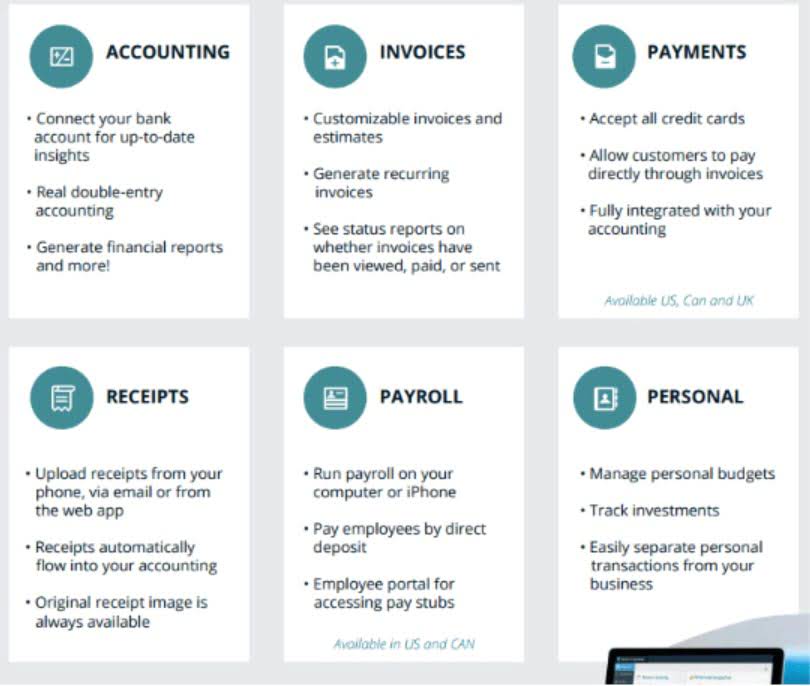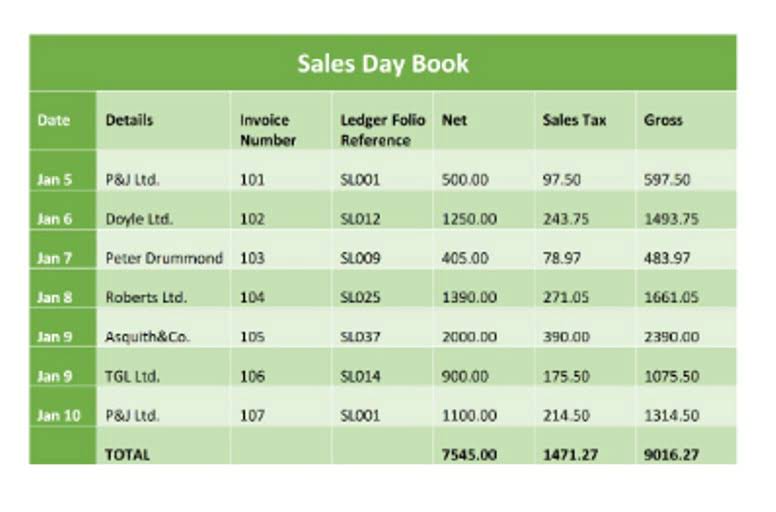
Typically, nonprofits use accrual accounting, which recognizes revenue when it is earned instead of when the cash is received, and vice versa for expenses. While this method is very helpful to understanding some aspects of your organization’s financial position, it is not relevant to the statement of cash flows. The statement of cash flows is an indispensable financial document for nonprofit organizations. It Law Firm Accounts Receivable Management provides a transparent, comprehensive view of cash inflows and outflows across operating, investing, and financing activities.
- For nonprofits, investing activities often reflect how the organization is planning for future growth and sustainability.
- The cash flow statement does not replace the income statement as it only focuses on changes in cash.
- In contrast, when interest is given to bondholders, the company decreases its cash.
- These key components—operating, investing, and financing activities—provide a comprehensive view of a nonprofit’s cash flow and are critical for assessing the organization’s financial health and operational efficiency.
- Generating the amounts can be done using a simple spreadsheet; the amount from the statement of activities is adjusted by the change in the related receivable or payable.
- While it’s important for individuals to understand their expenses and income for personal financial stability, it’s even more critical for nonprofits to know where their money is going and coming from.
- If you gain $10,000 in grant funding, but spend $12,000 on programming, you’ll end up in the red and slowly deplete your reservoir of resources over time.
Nonprofit CFOs Are in High Demand and Short Supply

The Direct Method of reporting cash flows provides a detailed record of all cash transactions that have occurred within a nonprofit organization during a specific period. This method involves listing all major cash inflows and outflows, categorizing them under operating, investing, and financing activities. Unlike other methods, the Direct Method shows each source of cash income and each cash payment to suppliers, employees, and other entities, making it highly transparent and straightforward.

Step 2: Identify cash outflows from operating activities
The nonprofit statement of cash flows is a financial report that shows how cash moves in and out of your organization. It breaks down all of your nonprofit’s transactions into the categories of operating, investing, and financing activities. bookkeeping The final step is to add together the total cash flows from operating activities, investing activities, and financing activities. By accurately reporting and managing financing activities, nonprofits can demonstrate their effectiveness in funding their operations and missions through diverse sources and methods. This portion of the cash flow statement is vital for showing how the organization sustains its activities and plans for financial stability and growth.

Tips for Organizing and Tracking Cash Transactions Effectively
This method of calculating cash flow takes more time since you need to track payments and receipts for every cash transaction. This section records the cash flow between the company, its shareholders, investors, and creditors. As you can see, all of the operating activities are clearly listed by their sources. This categorization does make it useful to read, but the costs of producing it for outweigh the benefits to the external users. This is why FASB has never made it a requirement to issue statements using this method. Keep in mind that these formulas only work if accounts receivable is only used for credit sales and accounts payable is only used for credit account nonprofit cash flow statement purchases.

- The cash flows from operating activities provide insights into the cash-generating abilities of the organization’s core operations.
- This section will provide recommendations for accounting software that can facilitate the Direct Method and discuss the benefits of using specialized nonprofit financial management tools.
- This includes choosing the right financial management software, training staff on its use, and keeping abreast of best practices in nonprofit financial management.
- While the indirect cash flow method makes adjustments on net income to account for accrual transactions.
- The cash flow statement presents a good overview of the company’s spending because it captures all the cash that comes in and goes out.
- In an environment where financial transparency plays a key role in donor trust and compliance with regulatory requirements, the cash flow statement is an indispensable tool for nonprofit stewardship and governance.
Cash outflows might come from activities like salaries and wages, taxes, supplies, inventory and other activities. Below, you’ll find guidance on how to report these transactions that are unique to not-for-profit entities. Investing activities include buying or selling long-term assets, such as purchasing new equipment or selling property. Choosing to implement the Direct Method can significantly impact a nonprofit’s ability to manage its finances effectively, contributing to greater operational efficiency and accountability.
